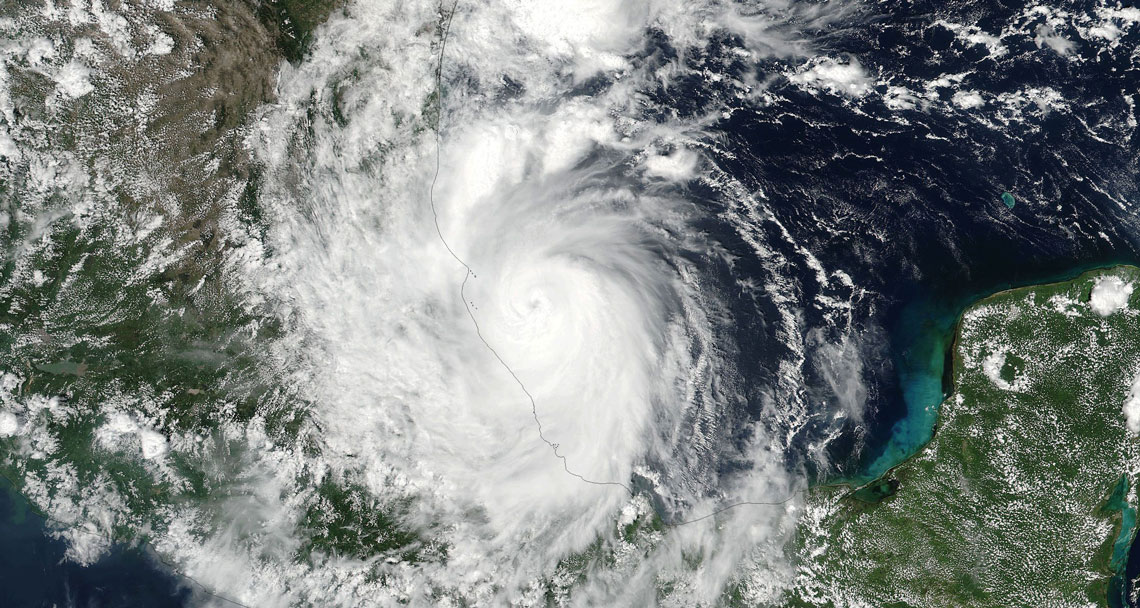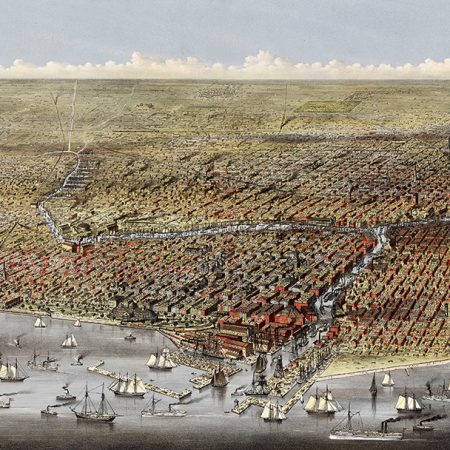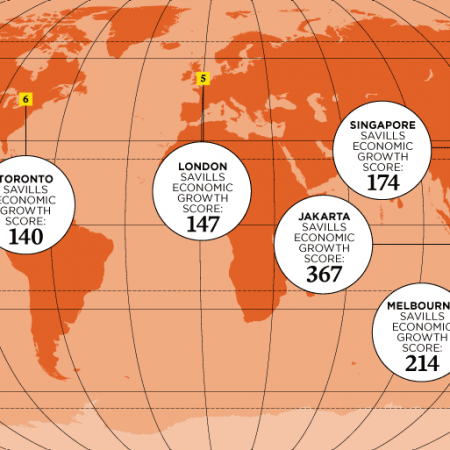By concentrating wealth in urban centres, cities are increasing their exposure to the impact of man-made and natural disasters. In a study of 301 key cities, Lloyd’s of London, with the University of Cambridge Judge Business School, assessed the risk to the economic output of each in the face of 18 potential catastrophes over 10 years.
According to the Lloyd’s City Risk Index 2015-2025, US$4.56 trillion of economic output (GDP) is at stake. Man-made risks, such as market crash, cyber attacks, power outages and nuclear accidents are becoming more critical, linked with almost half the total GDP at risk. Market crash alone represents nearly a quarter of all cities’ potential losses. Taipei ($28.58bn) New York ($25.14bn) and Tokyo ($22.90bn) are most impacted by this phenomenon.
The cities most exposed to natural threats, including flooding, heatwave, drought, famine and earthquakes, were Taipei ($137.69bn), Tokyo ($99.38bn) and Manila ($91.68bn). “Of the high economic value cities, Taipei, Tokyo, Istanbul and Osaka have high exposure to oil price shocks, natural catastrophes, market crashes and interstate war,” says Trevor Maynard, former Manager, Emerging Risks and now Head of Innovation at Lloyd’s of London. “Los Angeles and New York have higher exposure to cyber attacks, while the threat of human pandemic is higher in Hong Kong and Shanghai.”
The study looks at the risk to cities from potential catastrophes to economic output, not just how they damage property. Governments and city planners can help diminish threats by improving resilience and protecting infrastructure.
“With global risks increasing, city leaders are recognising the need to take action,” says Roger Savage, Director, Cities and Urban Infrastructure at Atkins Acuity. “At city level, understanding locational vulnerabilities and the potential scale and likelihood of risks is a step to prioritising the measures required for resilience.”
According to Savage, resilience can be built into the planning and project design of new developments via a range of measures. “It needs to be at neighbourhood level or development side,” he says. “For example, flooding can be avoided through clever handling of the landform of open spaces, landscape and drainage systems, and by designing buildings to be flood resilient.
“Developers and communities should view this as more than just regulatory compliance,” says Savage. “There’s value to be created with environmentally responsive design of built and outside space. The best projects create features that can be appreciated year-round, but which provide the protection required when it matters.”
Man-made threats
Cyber attack, market crash, nuclear accident, oil price shock, power outage, sovereign default, terrorism
Natural threats
Drought, earthquake, flood, freeze, heatwave, human pandemic, plant epidemic, solar storm, tsunami, volcano, wind storm
Image: EPE-EFE




